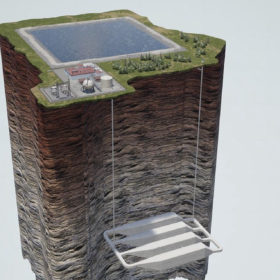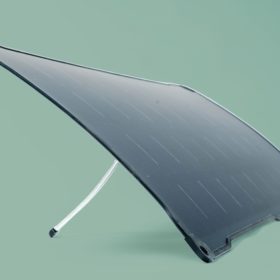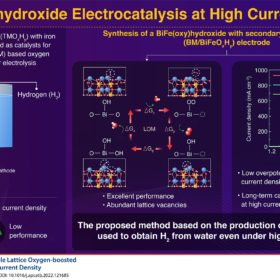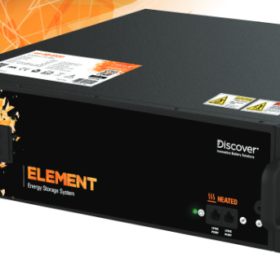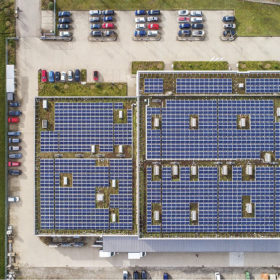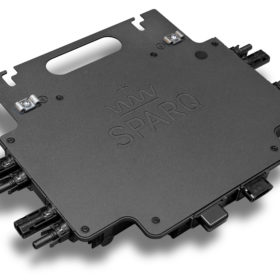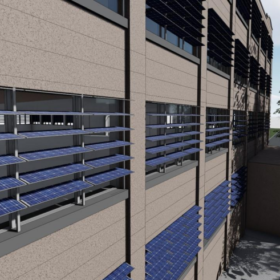The Hydrogen Stream: Global hydrogen pipeline plummets in Q4 2022
Wood Mackenzie says in a newly published report that new hydrogen capacity announcements fell year on year in 2022, while researchers claim that green hydrogen heating systems will probably not replace gas boilers in European homes.
Weekend Read: A long time coming
Long-duration energy storage (LDES) is essential for decarbonizing the grid but gigawatt-hour scale systems continue to be tricky for companies with big ideas. Here are some of the latest innovations across a flourishing array of new – and old – ideas.
Canadian manufacturer releases carbon-fiber solar panel for boats
Lightleaf’s new 110 W PV module features monocrystalline solar cells from SunPower Maxeon, with 25.1% efficiency. It has a rigid carbon-fiber foam foundation instead of glass, and weighs just 2.5 kg.
The Hydrogen Stream: Bismuth-based catalyst for efficient OER in electrolysis
South Korean researchers have reported higher performance with a newly proposed BM/BiFeOxHy electrocatalyst for oxygen evolution reaction (OER), due to higher lattice vacancies and the amorphous structure. Institutions in the EU, the UK, and Canada, meanwhile, have announced new plans to provide funds for hydrogen projects.
New lithium iron phosphate battery for residential, off-grid PV
Discovery Battery’s new lithium iron phosphate battery system has a nominal voltage of 51.2 V and a capacity of 100 Ah. Up to six 5.12 kWh battery modules can be stacked in a single enclosure, and up to four enclosures can be connected in parallel for a total capacity of 120 kWh.
The Hydrogen Stream: Honda reveals plans to halve fuel cell costs by 2030
Honda has revealed a new hydrogen strategy, while Air Liquide and TotalEnergies have announced a new hydrogen joint venture.
Weekend read: Is EU doing enough?
The European Union has set ambitious targets for solar PV expansion but is Brussels designing the right policies to support growth? Andreas Walstad investigates.
Neoen starts building 93 MW solar plant in Canada
French renewables developer Canada has started building a 93 MW solar project in the Canadian province of Alberta. The plant will feed power into the local grid, which is operated by ATCO Electric.
New microinverter for solar water pump applications
Canadian manufacturer Sparq has unveiled a three-phase microinverter for on-grid and off-grid solar water pumps. It has a peak efficiency of 97.5% and a nominal maximum power point tracking (MPPT) efficiency of 99.8%.
Design framework for BIPV shading devices
Canadian researchers have developed a new model to improve the performance of building-integrated PV (BIPV) shades in buildings. They considered solar electricity, heat transferred through windows, and interior daylighting quality.

